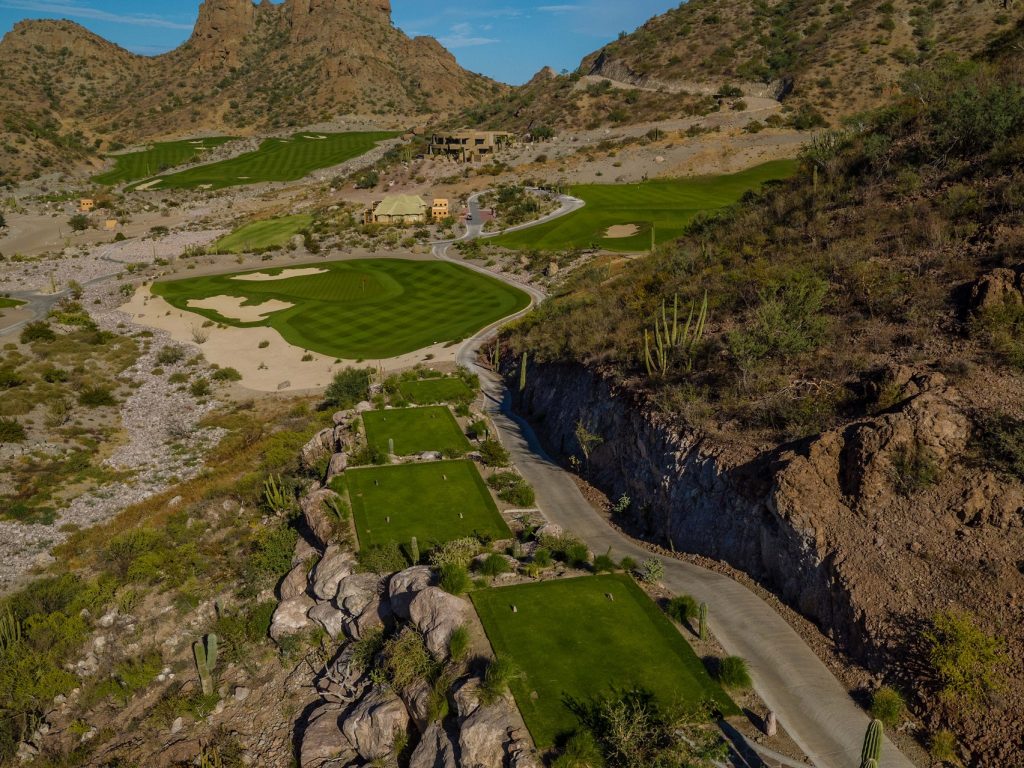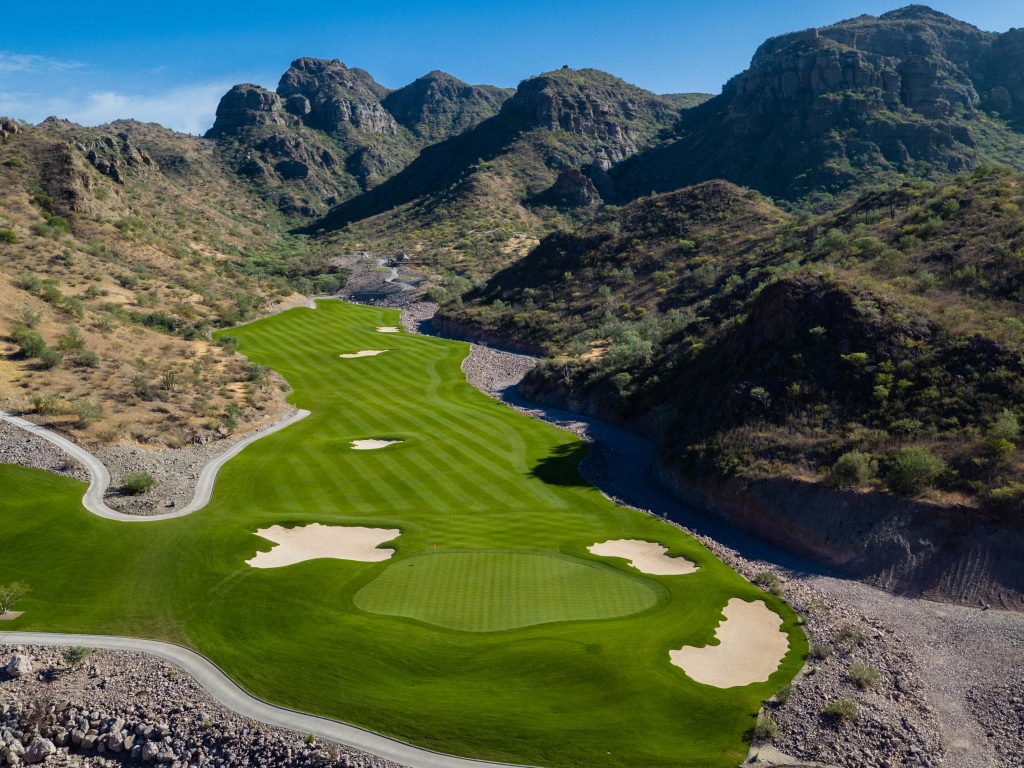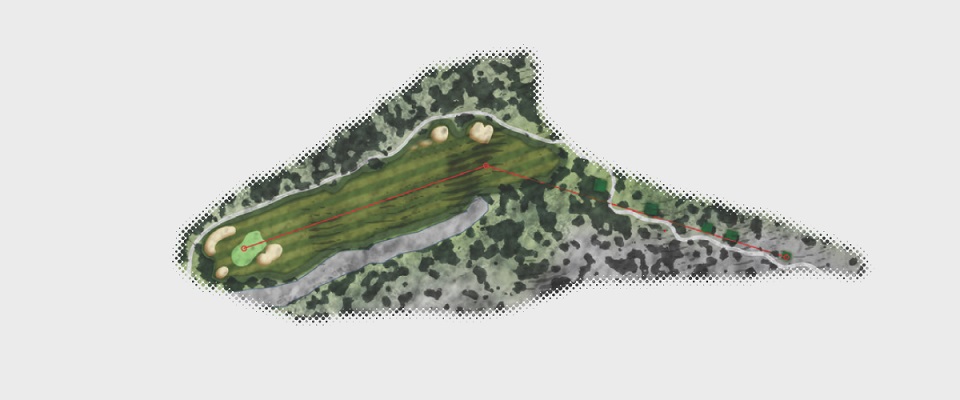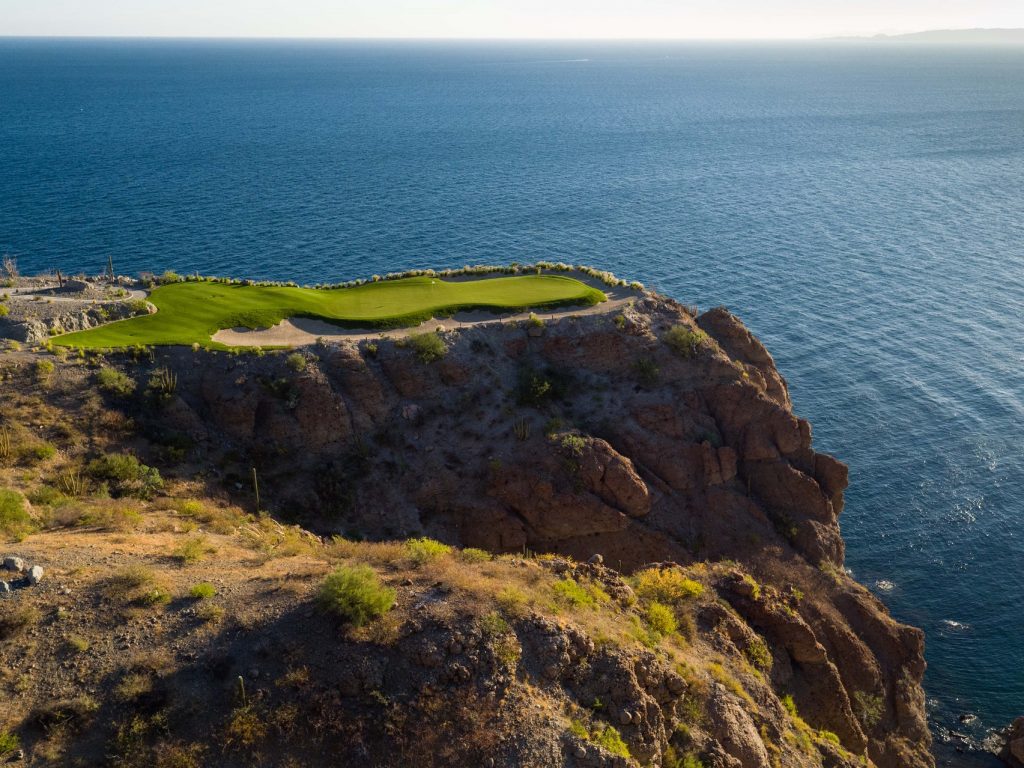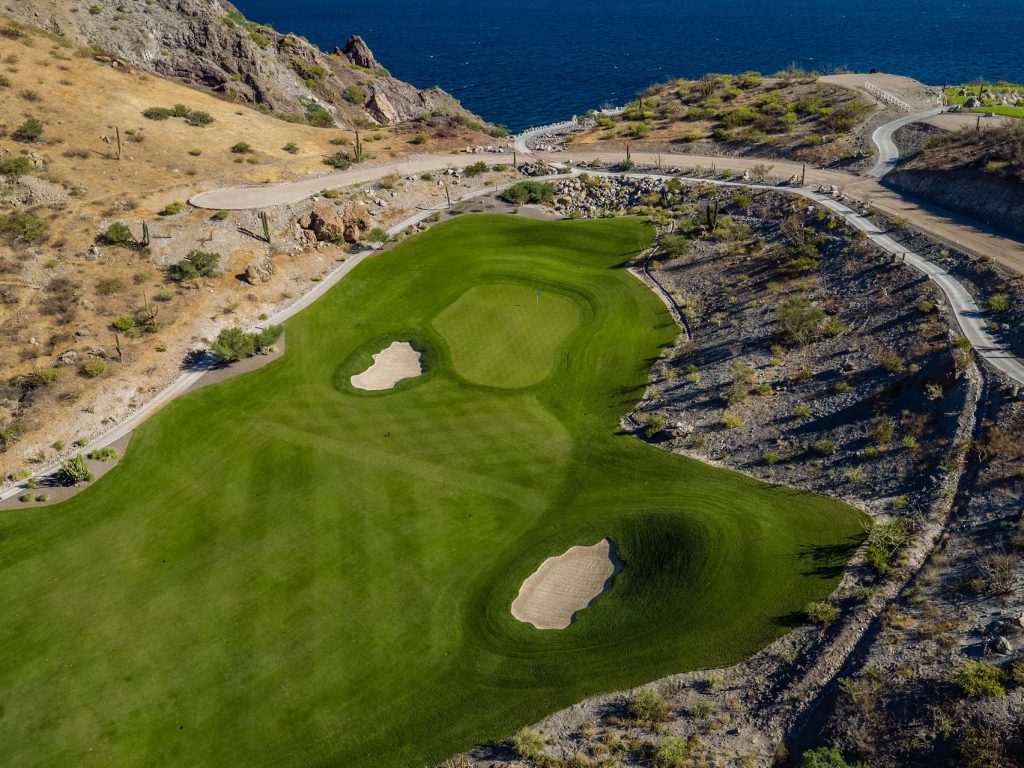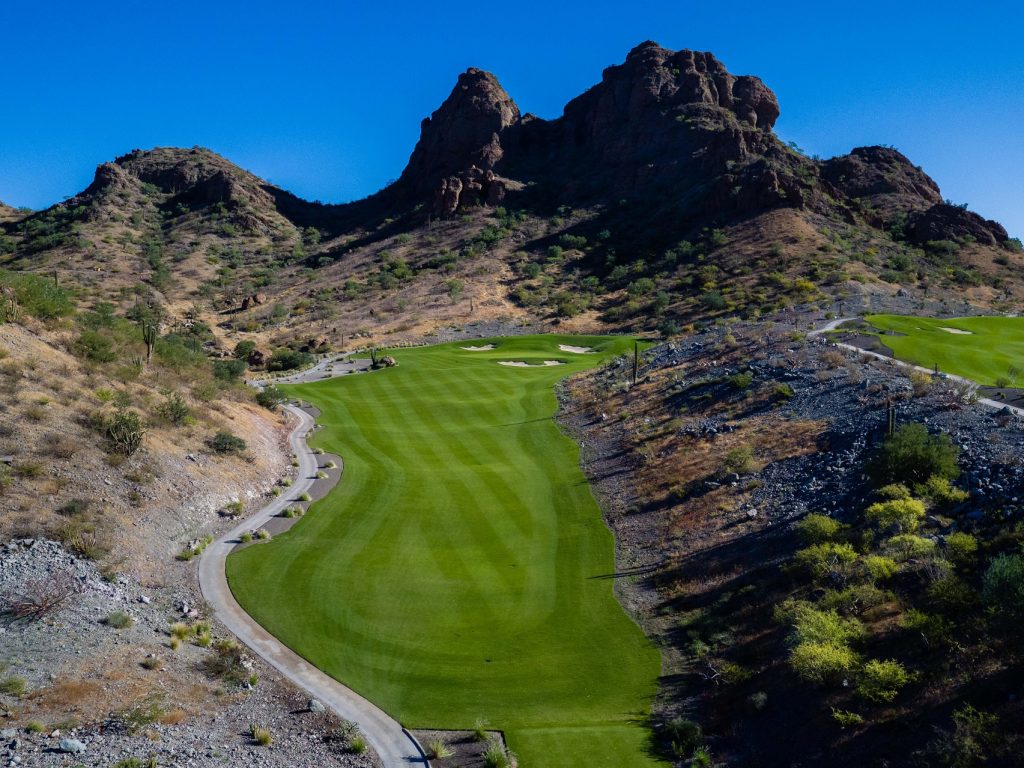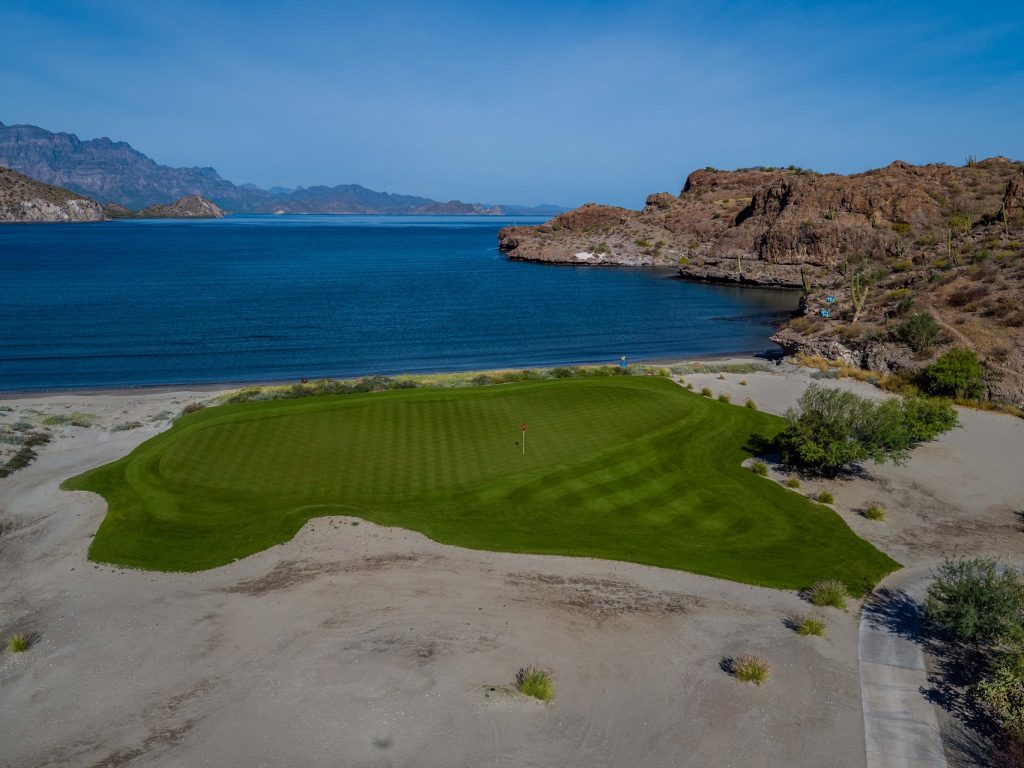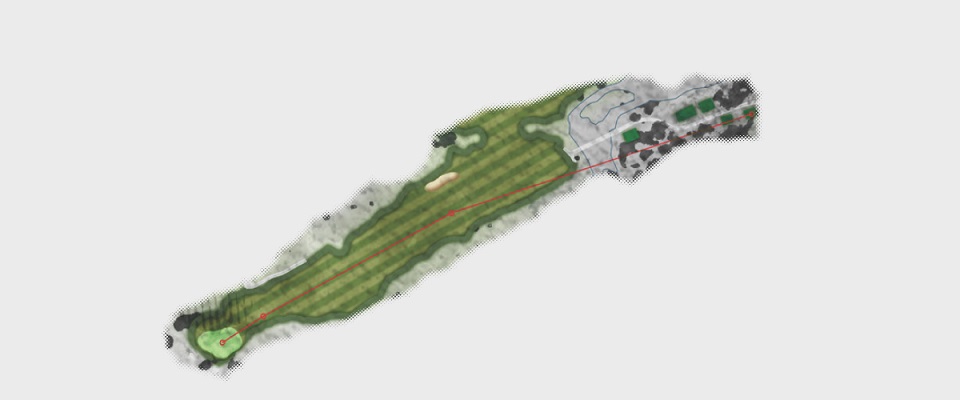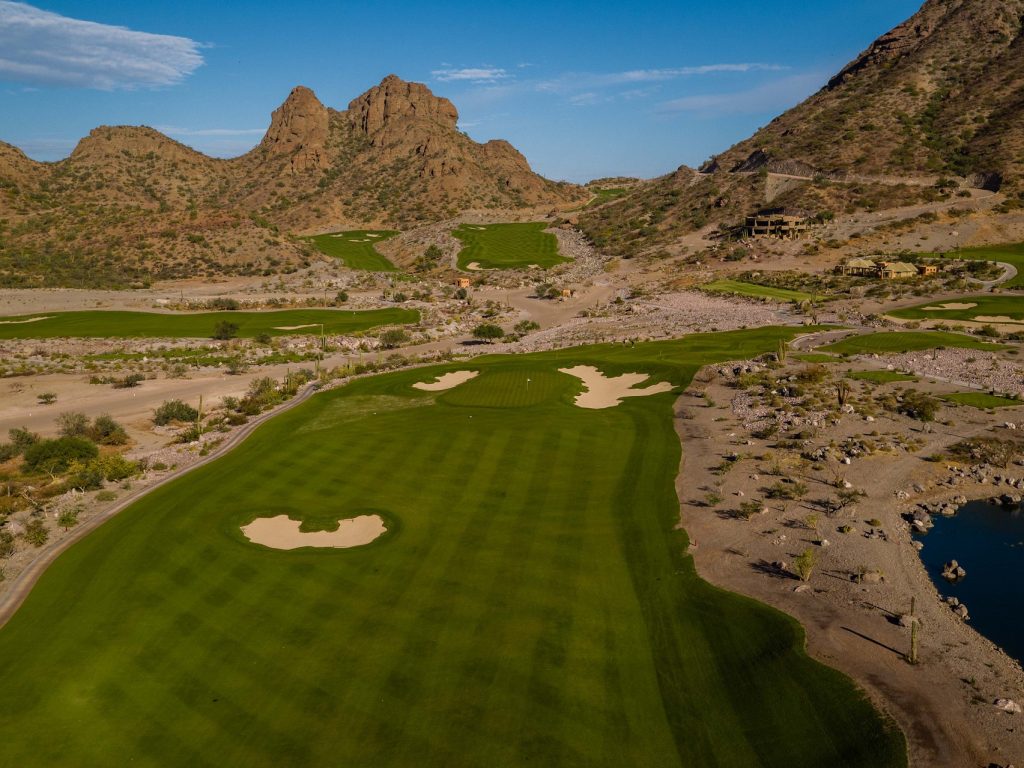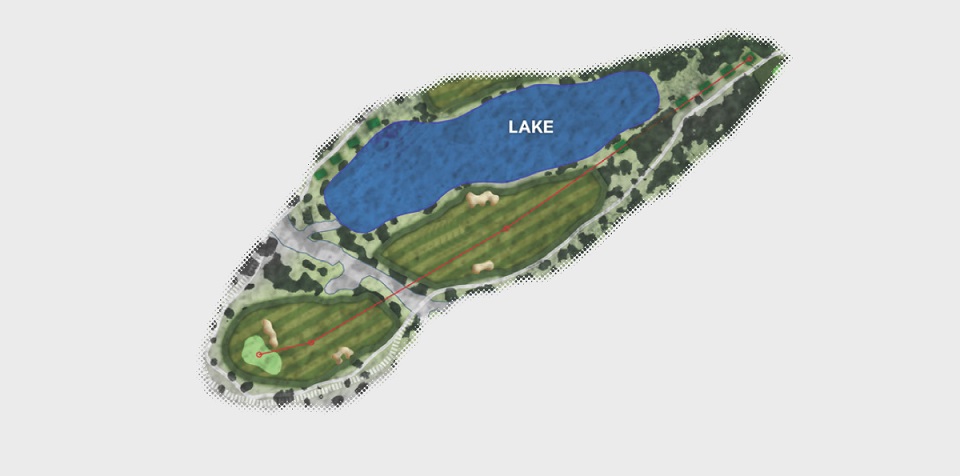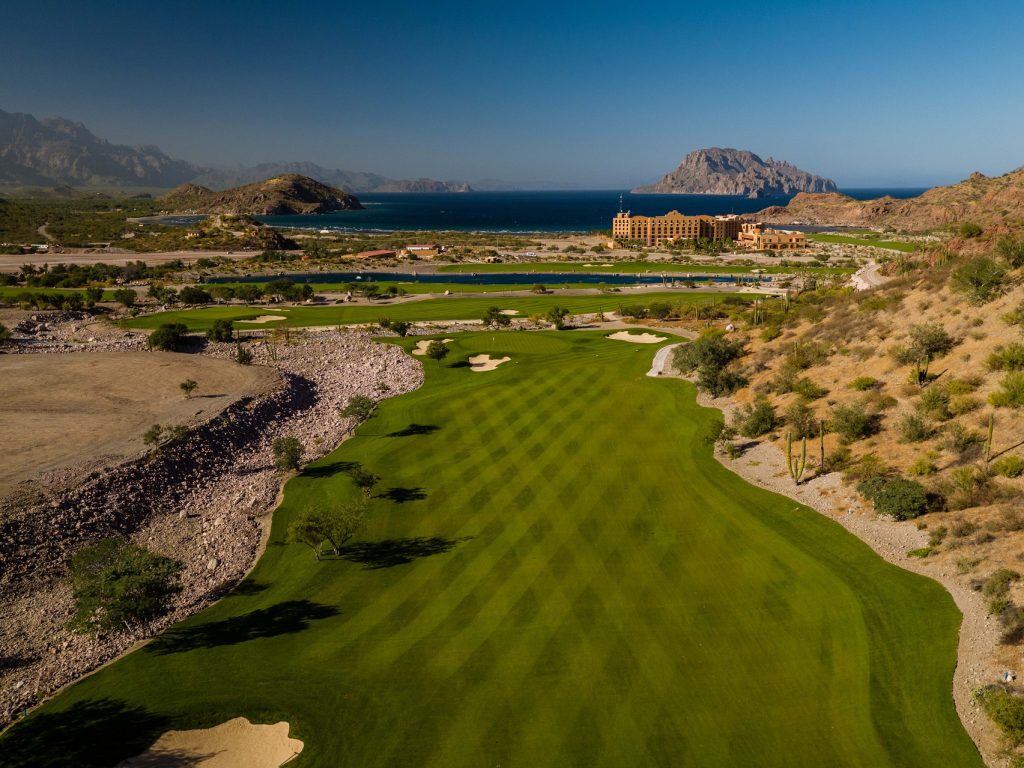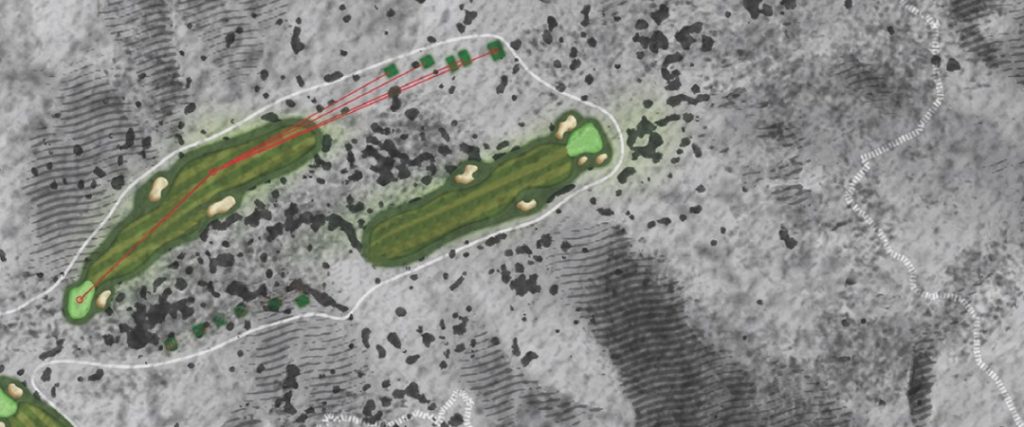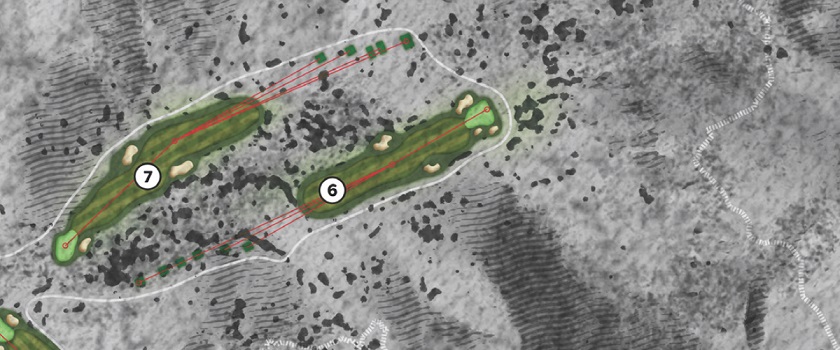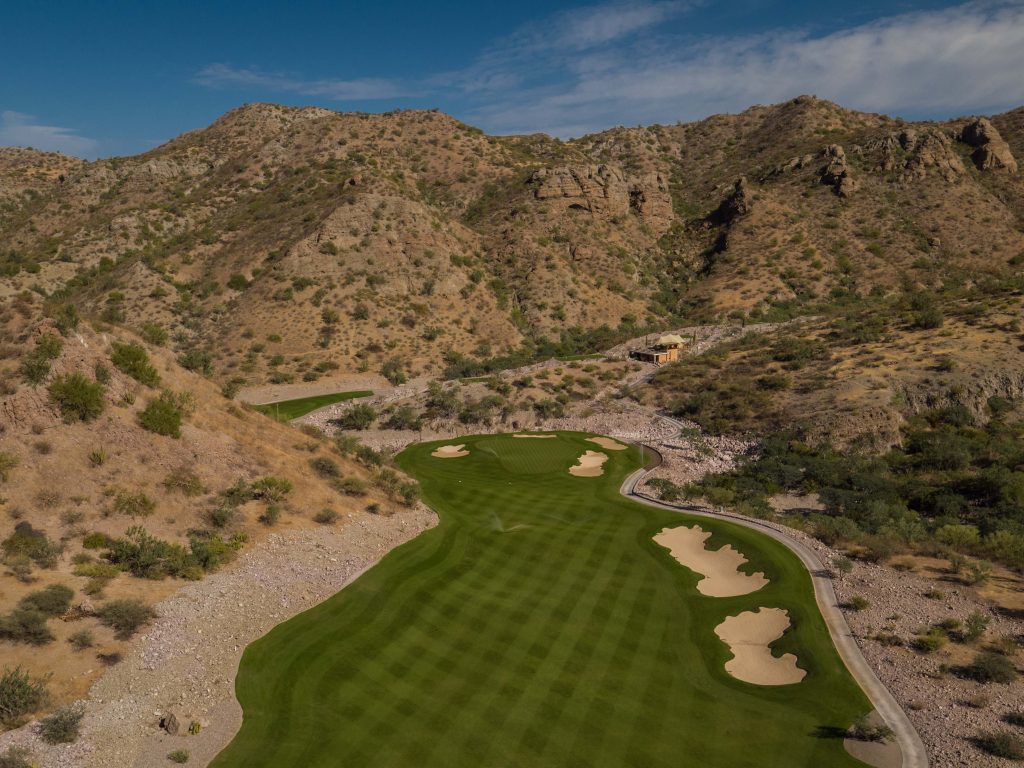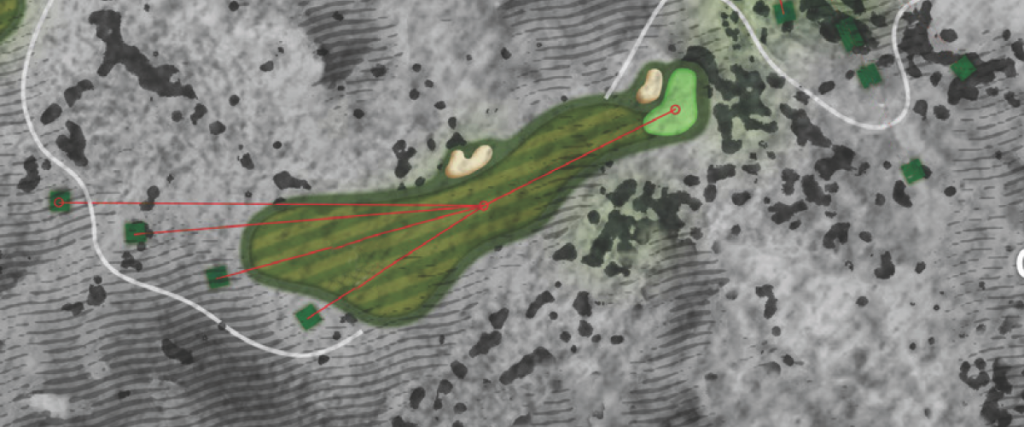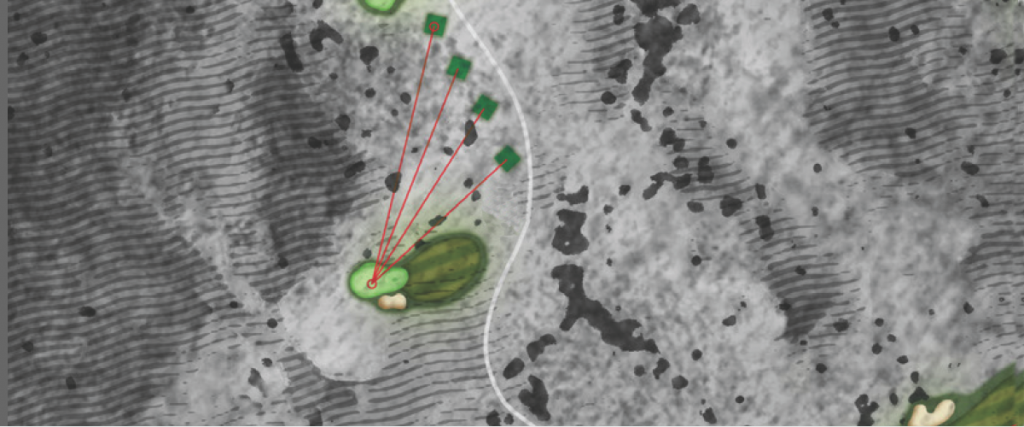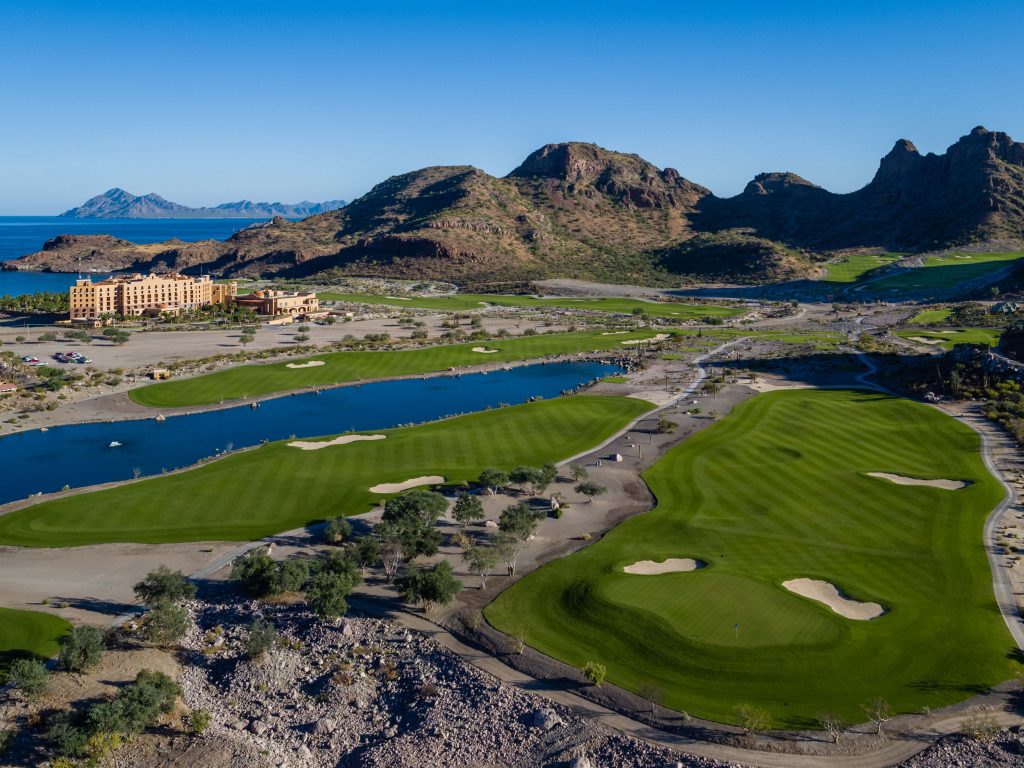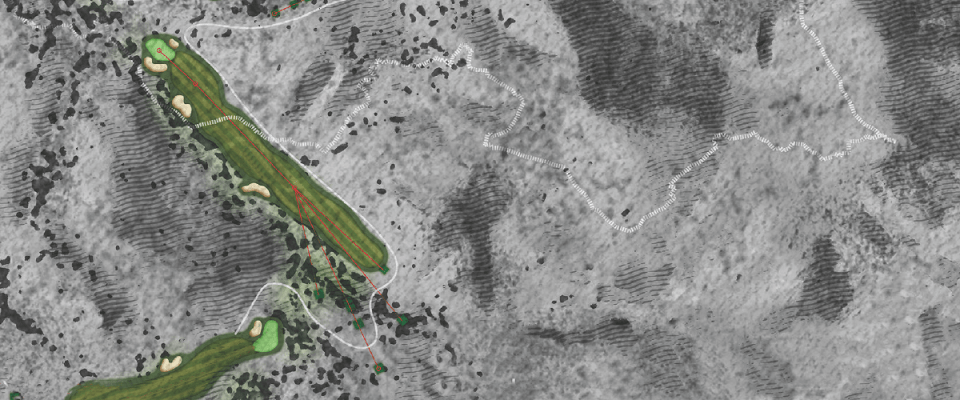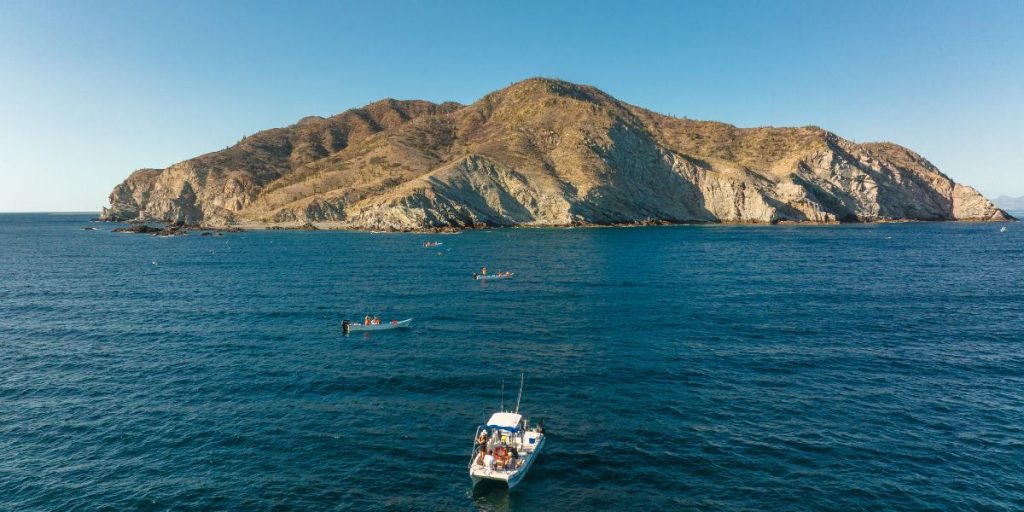


4 Things You Might Not Know About Loreto’s Natural Environs
1. Loreto Bay National Park
The elevated tees and greens at TPC Danzante Bay command a knock-out view: the shimmering Bay of Loreto. This national marine park was established by presidential decree in 1996. The protected area covers nearly 800 square miles in the central Sea of Cortes. The park consists of the marine ecosystem, five main islands of volcanic origin, dozens of tiny islets and countless unnamed squibs of rock. In 2005, the park was added to UNESCO’s list of protected World Heritage Sites. The park is known for its great variety of coastal environments, such as sandy beaches, sea cliffs, submarine canyons and marine terraces. It boasts exceptionally high biological diversity, with thriving populations of sea lions, dolphins and other marine mammals.
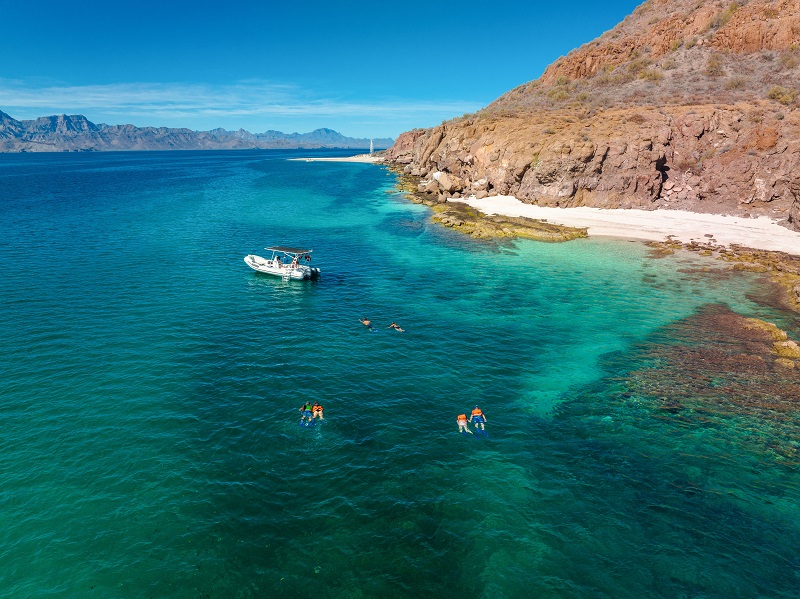

2. The Five Desert Islands
· Isla Danzante is the smallest of the named islands and the one clearly in view from TPC Danzante Bay and Villa del Palmar. The stark, steeply pitched island has a hiking trail that leads to a scenic viewpoint. Instagram-worthy photo ops abound from this exalted perch. Far below, the azure-blue sea traces the desert coastline, with distant views of neighboring islands. Danzante is home to the Blue Footed Booby, a rare bird found only in a few locations around the world.
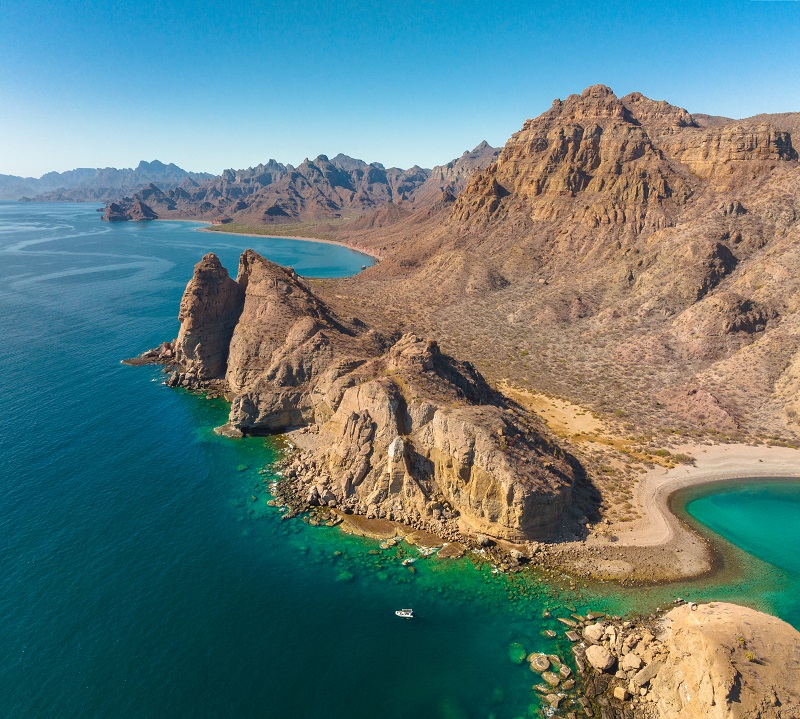

· Isla del Carmen, the largest of the islands, is a private nature reserve located three miles northeast of Loreto. Home to the most beaches, Carmen, roamed by bighorn sheep, is a favored haven for sea lions and a stopover for sea birds. A popular snorkeling and scuba diving site, the island’s underwater reef system is extensive, which means large schools of colorful tropical fish can be viewed. Whale watching and kayaking tours often include Isla del Carmen visits in their itineraries.
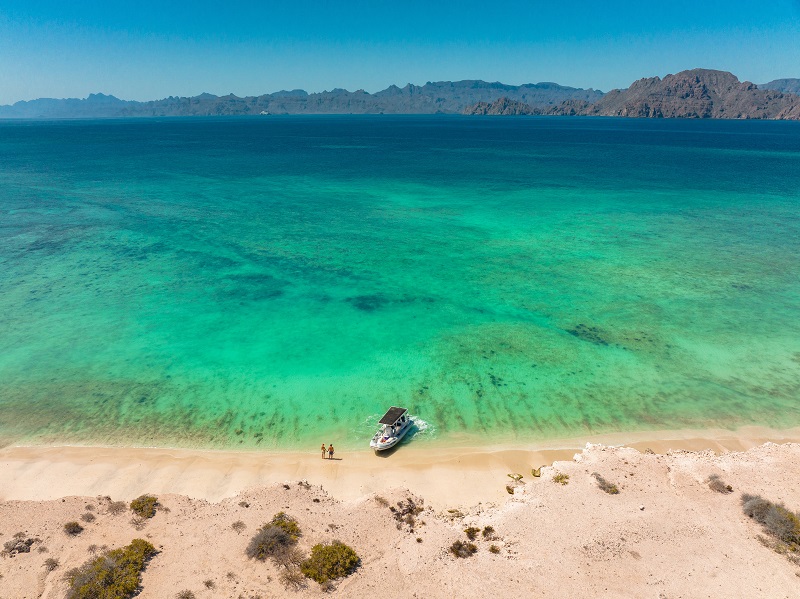

· Isla Coronado, second smallest of the islands, rises a spectacular 283 meters above the sea northeast of Loreto. A wildlife refuge, Coronado is known for its blindingly white sand beaches and marine-rich coral reefs. The island is also a sanctuary for sea turtles, sea lions and dolphins (common, bottlenose, and spinner).
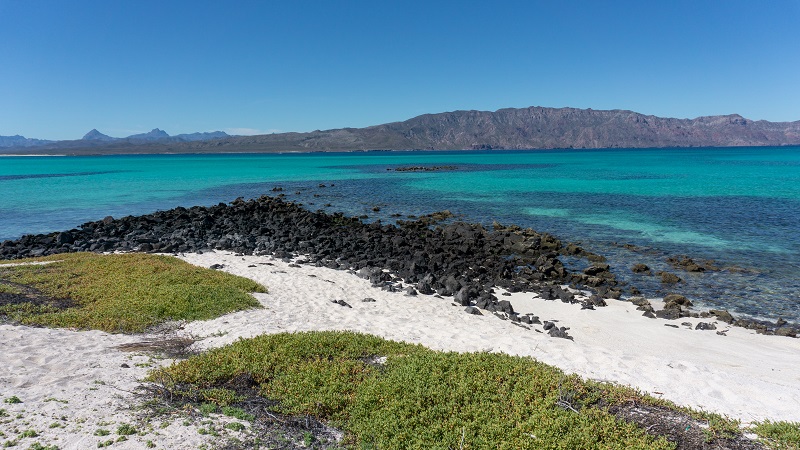

· Isla Monserrate, approximately 10 miles east of the Baja California shoreline, offers stunning landscapes and all of the above, notably, pristine beaches, crystal clear waters and a rich array of marine life.
· Isla Santa Catalina, the most remote of the five named islands in the Bay of Loreto, is roughly 20 miles offshore. Catalina attracts active explorers who wish to hike, camp, kayak, paddleboard, scuba dive or snorkel on and around an island that stands apart from the other four.
3. Sierra de la Giganta
This spectacular mountain range, its slopes and canyons threaded by the curving fairways at TPC Danzante Bay, dominates the landscape in the eastern section of Baja California Sur. Unlike the hiking trails at the resort, there are trails (seldom marked) deep within the rugged, striated mountains. For adventurous hikers in the know, caves inhabited by the Guaycura, the region’s first settlers, contain well-preserved petroglyphs and paintings. For everyone else, the easiest way to appreciate Sierra de la Giganta’s mammoth jumble of volcanic pinnacles, buttes and towers is to drive from Villa del Palmar to Loreto early or late in the day. The rising or setting sun turns the mountains a rich shade of ochre, attesting to Mother Nature’s sublime handiwork.
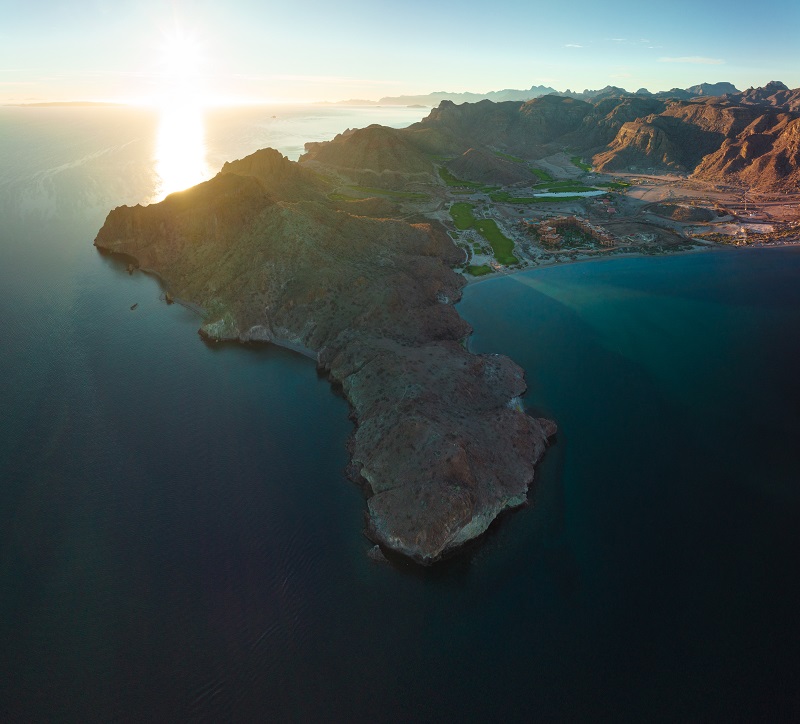

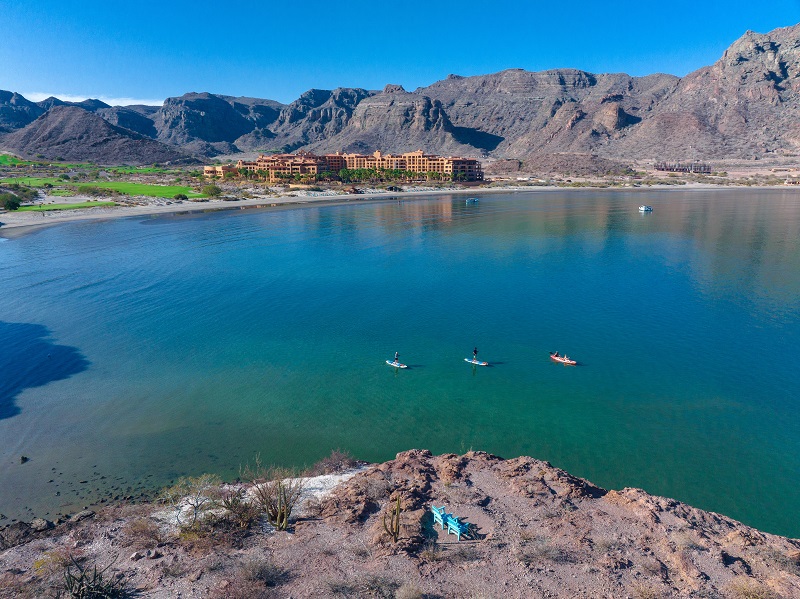

4. The Night Sky
For first-time visitors, the region’s most welcome surprise is the breathtaking beauty of Loreto’s night skies. The virtual absence of artificial light results in inky black skies layered with stars upon stars. On a typically clear night, the Milky Way really looks milky! In an ever-developing world, these kinds of primordial views are becoming exceedingly rare. Stargazers should time their visit for mid-August, to coincide with the annual Perseid meteor shower. Every year, Earth passes through the path of Comet Swift-Tuttle from July 17 to August 24, with the shower’s peak– when Earth passes through the densest, dustiest realm of celestial activity— occurring August 11 – 12. The Perseid meteor shower reliably delivers the most spectacular cosmic light show of the year. Due to the full moon illuminating the sky on August 11, the Perseids won’t be quite as brilliant as they were in 2021, but there will still be plenty of streaking meteors to see late into the night.
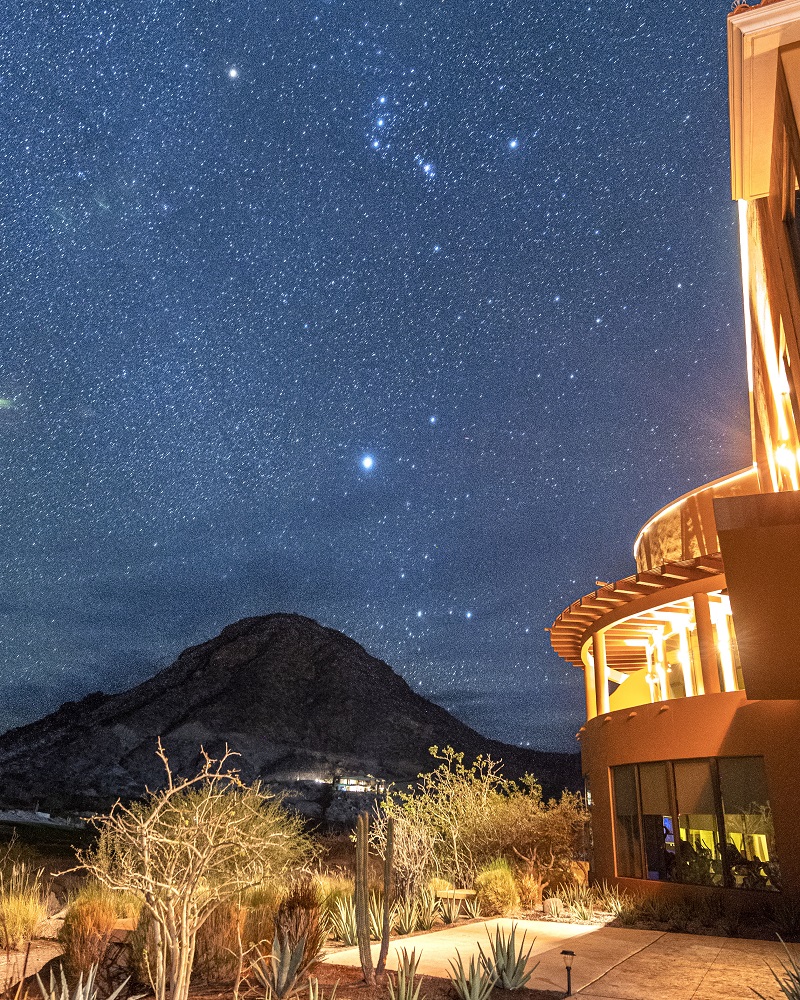

Photo credit: Dustin Kennedy, @yo_bridge



